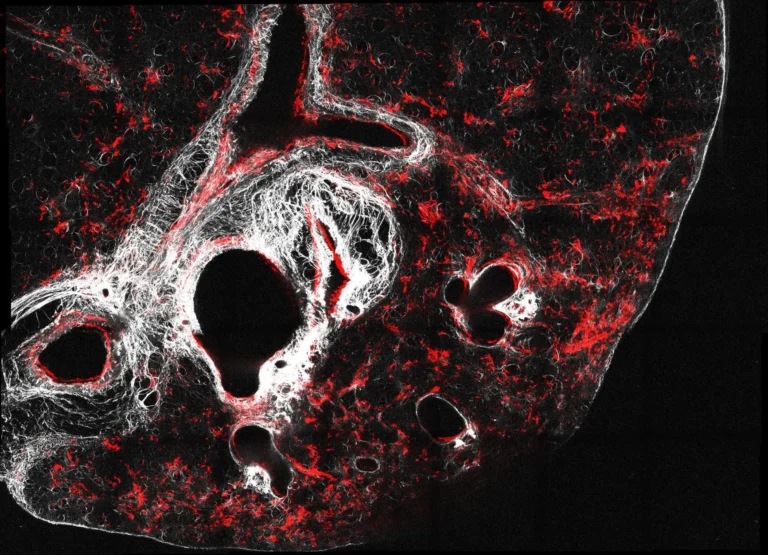A study conducted by IHU RespirERA (IPMC) shows how aging reduces the lung’s ability to repair itself and uncovers part of the underlying mechanisms, paving the way for future treatments.
Published in Nature Communications and carried out in collaboration with the University of Lille (Canther, ONCOLille) and the Justus Liebig University Giessen (Germany), the research highlights how aging limits lung repair after injury. This process is often at the root of several respiratory diseases, including idiopathic pulmonary fibrosis.
The teams demonstrated that this decline partly originates from “capillary endothelial cells”, present in the lung and essential for both gas exchange and blood vessel remodeling. These cells have the remarkable ability to change identity and function, a characteristic known as “plasticity”. Researchers hypothesize that this plasticity enables them to regenerate damaged tissue. By combining several advanced methods (single-cell sequencing and spatial transcriptomics), the teams mapped the identity changes of these cells in both young and aged mice in a pulmonary fibrosis model.
Their results reveal that with age, these capillary cells lose their ability to reprogram and activate the repair mechanisms required for regeneration. These findings identify promising molecular targets, opening new perspectives to stimulate lung regeneration in older patients and counter fibrotic processes.
Link to the publication: Aging affects reprogramming of pulmonary capillary endothelial cells after lung injury in male mice | Nature Communications



